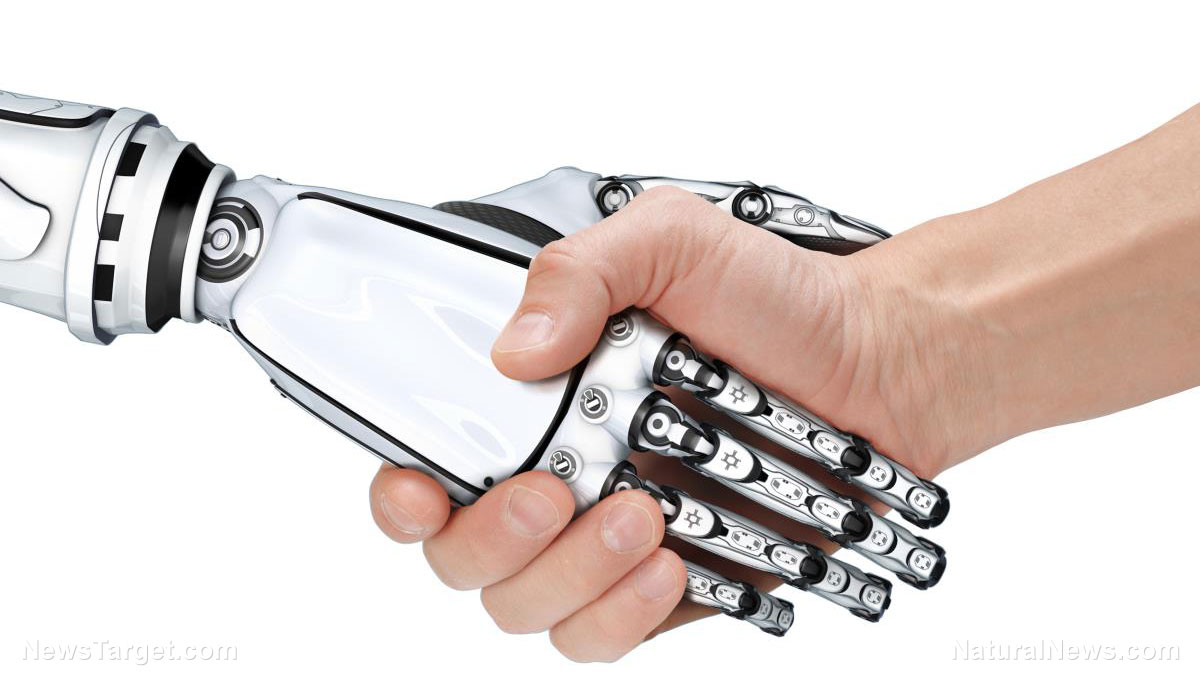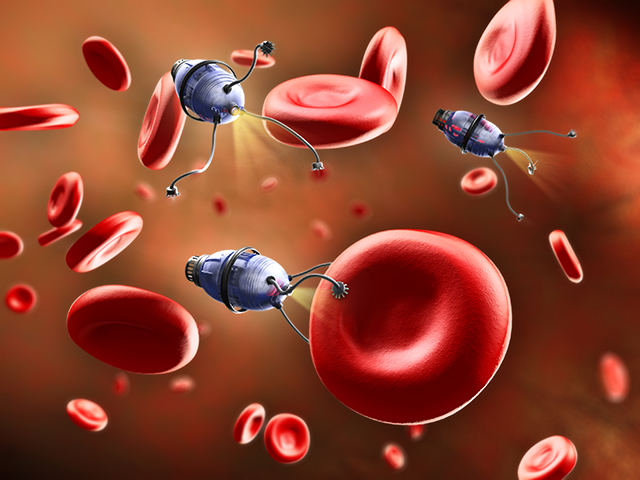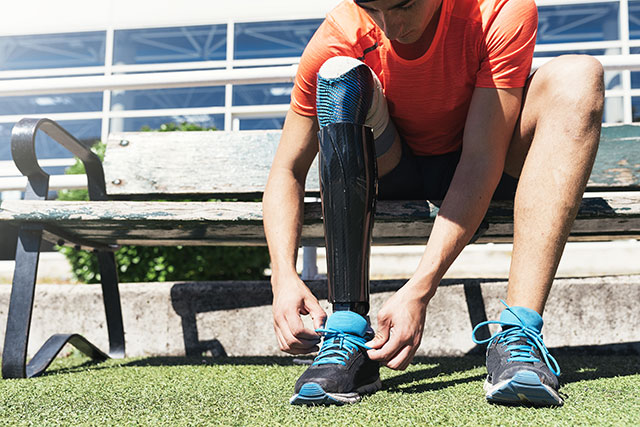Engineers introduce an actuating material that radically changes the concept of motor-driven robots
08/07/2018 / By Edsel Cook

The robots of the future will change out their big, bulky actuators for something more in line with organic muscles. Chinese engineers have come up with actuating materials that can change their volume depending on the signal they receive, an article on Science Direct reported.
Actuators are parts that control and move an object. For humans and other complex living organisms, muscles serve as these parts.
Robots use different types of actuators. Most are motor-driven, although some use hydraulics, while others rely on pneumatics.
These systems and their required power sources are quite bulky and heavy. They limit the size and capability of robots to mimic living things.
A team of mechanical engineers from the University of Hong Kong (HKU) invented a potential replacement for robotic actuators. They developed a new actuating material that draws power from stimuli like electricity or light.
The material is called nickel hydroxide-oxyhydroxide. When it is hit by visible light, it instantly deforms, much like the way a real muscle acts.
The new actuating material is able to exert a force that is equivalent to 3,000 times its own weight. A square centimeter of it costs $0.51 (4 HKD as of August 2018) to manufacture and can be made in three hours. (Related: Robot expert predicts the rise of a human-bot hybrid species in the next 100 years.)
Light-induced actuating materials will redefine the idea of robots
Actuating materials that respond to light are some of the most sought-after materials in the field of robotics. Such materials would allow robots to operate without a physical connection.
These materials are also very rare. The raw materials alone cost an arm and a leg. Actual production is even more expensive. The exorbitant cost of production prevents the widespread use of these materials.
If they could be made more cheaply and easily, the actuating materials could fulfill numerous applications. They could serve as artificial muscles for robots and human-assist devices. Or they could allow the development of diagnostic and surgical tools.
Robots are mostly driven by motors. So new actuating materials can change the very definition of a robot.
Engineers have been working on materials that react to wireless stimuli. Some of these stimuli include humidity, light, magnetic fields, and temperature.
Actuating material is as fast and strong as human muscle
The HKU actuating material is the first of its kind to respond to low levels of visible light with strong, swift, and stable actuation. When exposed to low levels of light, the nickel hydroxide-oxyhydroxide contracts with the high speed and stress of skeletal muscles in mammals.
Like robotic actuators, the new material can also be activated by electricity. Current robotics technology can, therefore, integrate it into existing machines.
As if that wasn’t enough, the nickel hydroxide-oxyhydroxide also reacts to heat and humidity. This makes it a viable actuator for autonomous robots that draw energy from tiny changes in their surrounding.
The material is mostly made of cheap nickel using electrodeposition, a process that takes only about three hours. It is thus very cheap and easy to mass produce.
The researchers tested their new material in several ways. A robotic arm made up of two hinges of the new actuating material was shown to lift 50 times its own weight.
Another robot they designed was a walking-type. Using a light blocker, the robot could be made to walk towards the source of light.
The two tests robots were small, showing that the HKU-developed actuating material was compatible with micro-robots that could perform search and rescue duties.
Learn about the new upgrades robots are getting at Robotics.news.
Sources include:
Tagged Under: artificial muscles, materials science, nickel, physics, prosthetics, rescue robots, robotic arm, robotic prosthetics, robots, soft robots


















